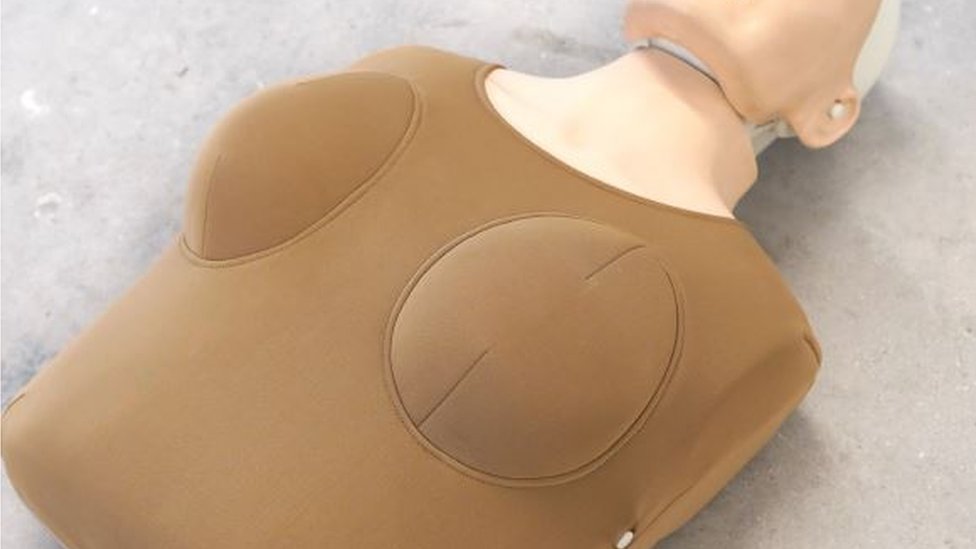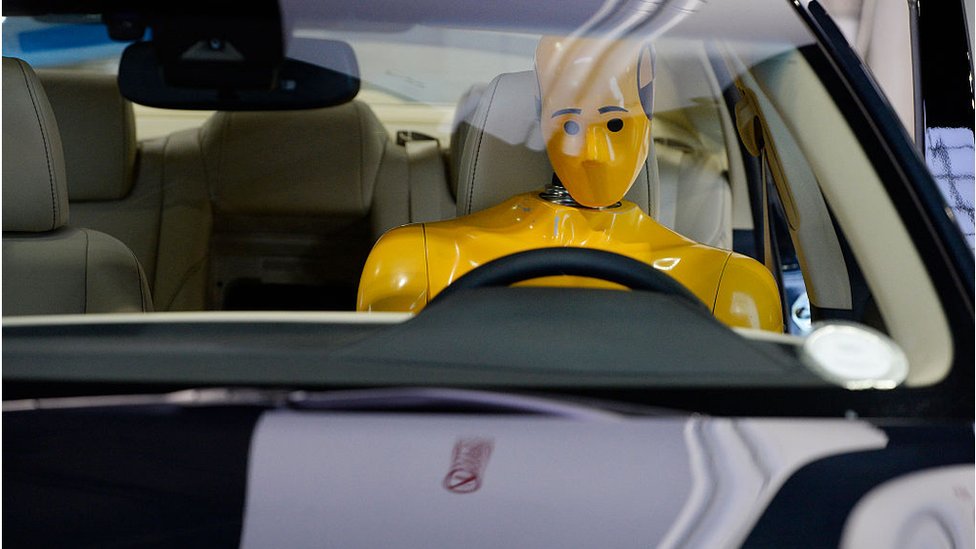This week we studied about Graham – A model made to survive car crash. This is one of the first times I’ve seen a case of solving a problem by changing the design of a human being rather than designing something to accommodate for the lack of human abilities. This was a unique approach to design. Designers has shaped the world in many ways to make it easier for humanity to work easily and more comfortably. Graham design however got me thinking if people with the body shape of Graham existed then only they would survive the car crashes. Their existence would start showing biasness in designs for men that have that body and that don’t. So overall isn’t Graham a really bad design because it won’t save everyone from car crashes? wouldn’t best approach to this problem be to change the design of the car to save the person from the crash. This design clearly worked best for Graham only so it got me thinking what if there are more products that ironically show biasness towards a certain body type.
I researched about the designs of common day objects and saw how they completely show biasness towards men.
Here I will be talking about some of these objects.
In 1998, a pianist called Christopher Donison wrote that “one can divide the world into roughly two constituencies”: those with larger hands, and those with smaller hands. Donison was writing as a male pianist who, due to his smaller than average hands, had struggled for years with traditional keyboards, but he could equally have been writing as a woman. There is plenty of data showing that women have, on average, smaller hands. Needless to say there are no piano keyboard in the size for women. Another design that show biasness due to hand size are smartphones. The average smartphone size is now 5.5 inches. While the average man can fairly comfortably use his device one-handed, the average woman’s hand is not much bigger than the handset itself.
But these are all harmless products right? well in 2017, a study by the University of Pennsylvania School of Medicine found that men’s odds of survival were 23% higher than women when it came to resuscitation in public. The study found receiving CPR in public in general is still rare, and there was no significant gender difference when it came to CPR in the home. But in public, researchers said the data could indicate that people are less comfortable delivering CPR to a woman they do not know because it requires touching the chest. This may be due to the fact no CPR model exist that has chests. Training mannequins are getting an update: breasts – two years after a study found women are less likely than men to receive CPR in public.

Going back to car crashes, the US government did not adequately test the impact of a crash on a belt-restrained female dummy until 2012. Dummies for decades had been based on the average, 50th percentile male body. According to a 2011 University of Virginia Center for Applied Biomechanics study, that meant female drivers involved in crashes had a 47% greater chance of serious injury than their male counterparts, and a 71% higher chance of a moderate injury.

From police stab vests that don’t account for breasts, to safety goggles too large for women’s faces, to boots that don’t fit women’s feet, the list is endless but it is certain that majority of the designs in this world are made for men which makes them metaphorically Graham of this world.
//week 13